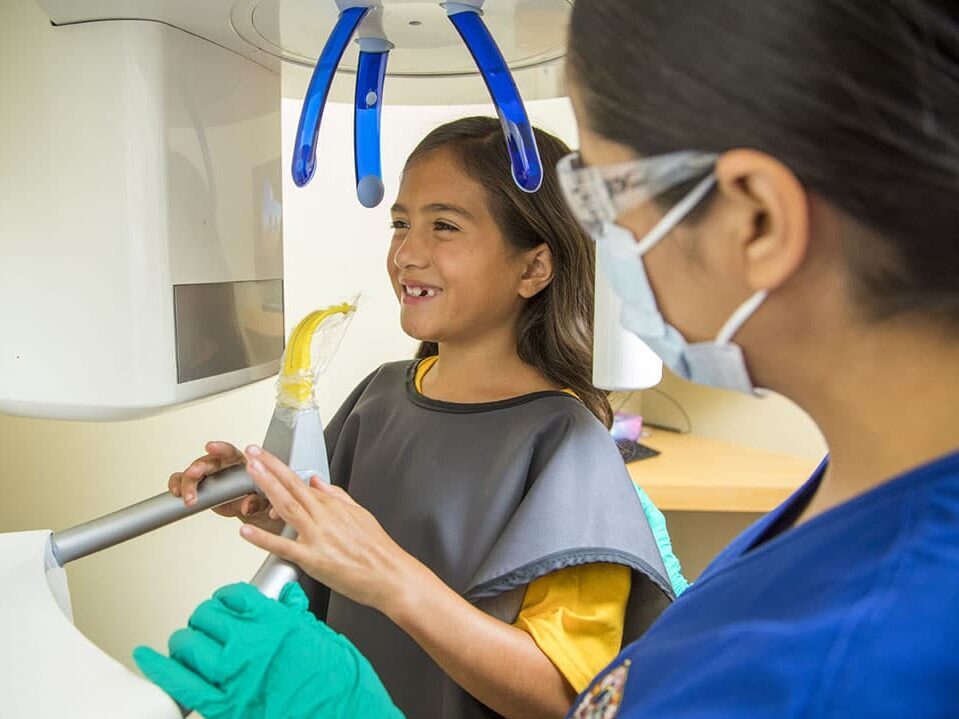Cavities happen—and when they do, Dental Depot in Edmond is here to help with high-quality, long-lasting fillings. Whether it’s due to diet, genetics, or everyday wear and tear, our experienced team will take care of your smile with precision and care.
Getting a filling doesn’t have to be a hassle. We make the process smooth and comfortable, restoring your tooth and helping you avoid future problems—so you can leave with a healthier smile and peace of mind.

Cavities happen—but getting them treated shouldn’t be a hassle. At Dental Depot in Edmond, we offer high-quality, affordable fillings that restore your teeth, help prevent future issues, and keep your smile strong and confident.
Tooth decay can develop from a variety of factors—like diet, brushing habits, age, or even genetics. No matter the reason, our experienced team is here to provide expert care using modern techniques and durable, natural-looking materials.
We understand that going to the dentist isn’t always your favorite thing—but we work hard to make your visit as easy and stress-free as possible. From clear communication to a comfortable, welcoming environment, we’re here to help you feel at ease every step of the way.
Don’t wait to take care of your smile—schedule your appointment today and let us help you feel your best, one tooth at a time!
Getting a filling at Dental Depot in Edmond is simple, stress-free, and designed to keep your smile healthy and strong. Whether it’s your first cavity or just time for a replacement, we’ve got you covered.
Even if symptoms are mild (or not there at all), regular dental checkups help catch cavities early — when they’re easiest to treat. If you’re noticing any of the signs above, it’s a great time to come see us.
Cavities are difficult to detect independently, so patients must maintain a semi-annual cleaning and checkup schedule with their dentist. When left untreated, a cavity may become so severe that infection develops, which can lead to more serious treatment options, including a root canal or extraction (loss of the tooth). With twice annual visits, your dentist will likely detect any cavities in a reasonable time frame, allowing for the least invasive treatment option – a dental filling.
Your dentist will likely be the person who detects decay in your teeth. Dentists can see things undetectable to the naked eye with specialized tools and instruments. Because most people are unaware they have a cavity, visiting the dentist regularly is critical. However, depending on the severity of the decay, you may exhibit symptoms including sensitivity to hot and cold food or drinks, dull but constant ache in a specific area, a dark spot on the tooth, or sharp pain when biting down.
If your dentist finds a cavity during your checkup, she or he will likely not be able to treat it that same day, and you’ll be scheduled for another appointment later.
The appointment for your filling generally lasts from twenty minutes to an hour, depending on the severity of the cavity and if you have more than one being treated. Here’s what happens during that appointment:
Fillings can be an effective treatment for other dental issues, including:
The same materials used to fill in an eroded hole can be used to straighten or smooth the surface of a tooth, improving the function and aesthetic and resulting in a stronger, more confident smile.
Teeth grinding, also called bruxism, can be abrasive and damage the enamel of teeth. If areas of the teeth have been significantly worn down, resulting in weakened or broken enamel, a filling can add support and increase durability.
The maintenance required to care for a filling is the same as for your teeth. Teeth must be brushed morning and night for two minutes each (occasionally after particularly sugary meals or drinks), flossed daily, and professionally cleaned twice a year. Good oral hygiene and routine dental visits help ensure your teeth and fillings remain healthy, clean, and strong for years.
Sometimes fillings can break or become loose. If that happens, schedule an appointment with your dentist as soon as possible to have it replaced. A broken or loose filling leaves the tooth vulnerable to bacteria, infection, and decay, so it’s important to have the filling fixed.
